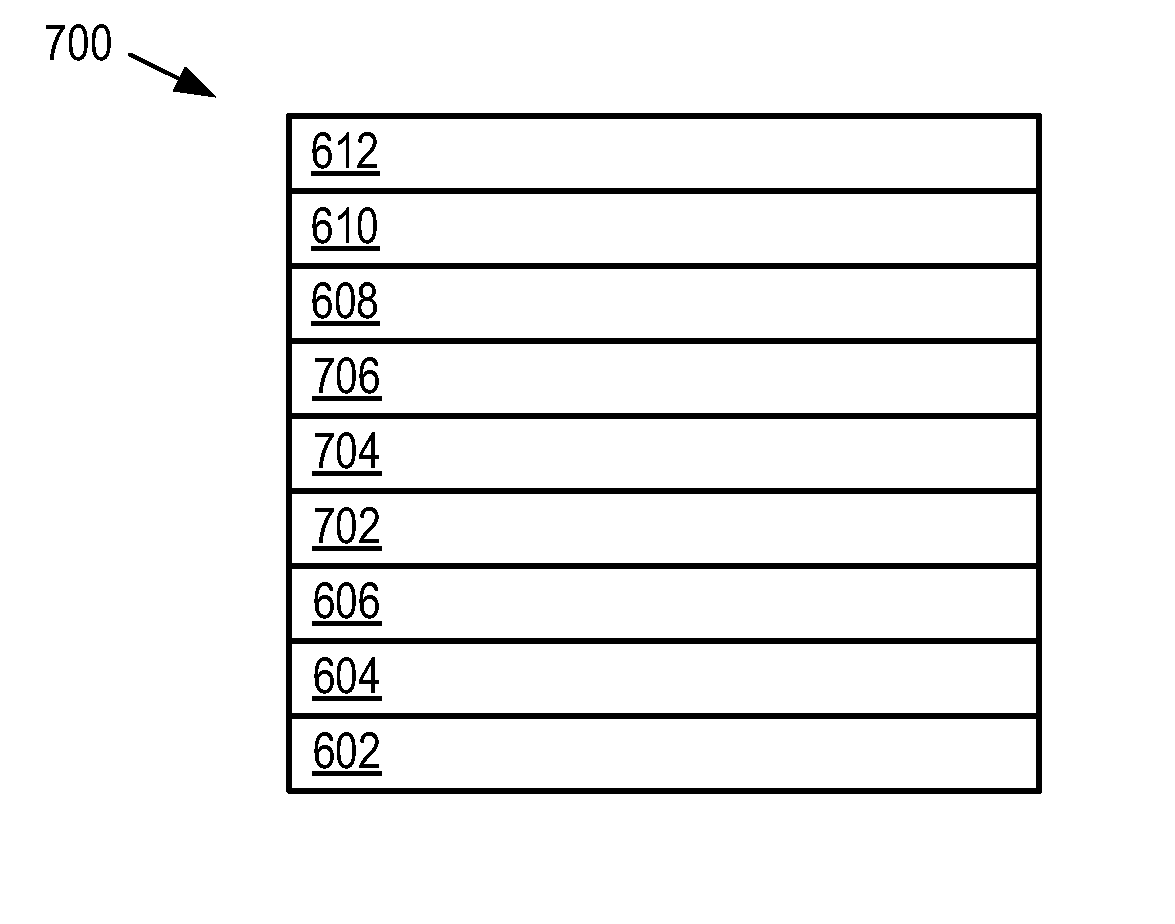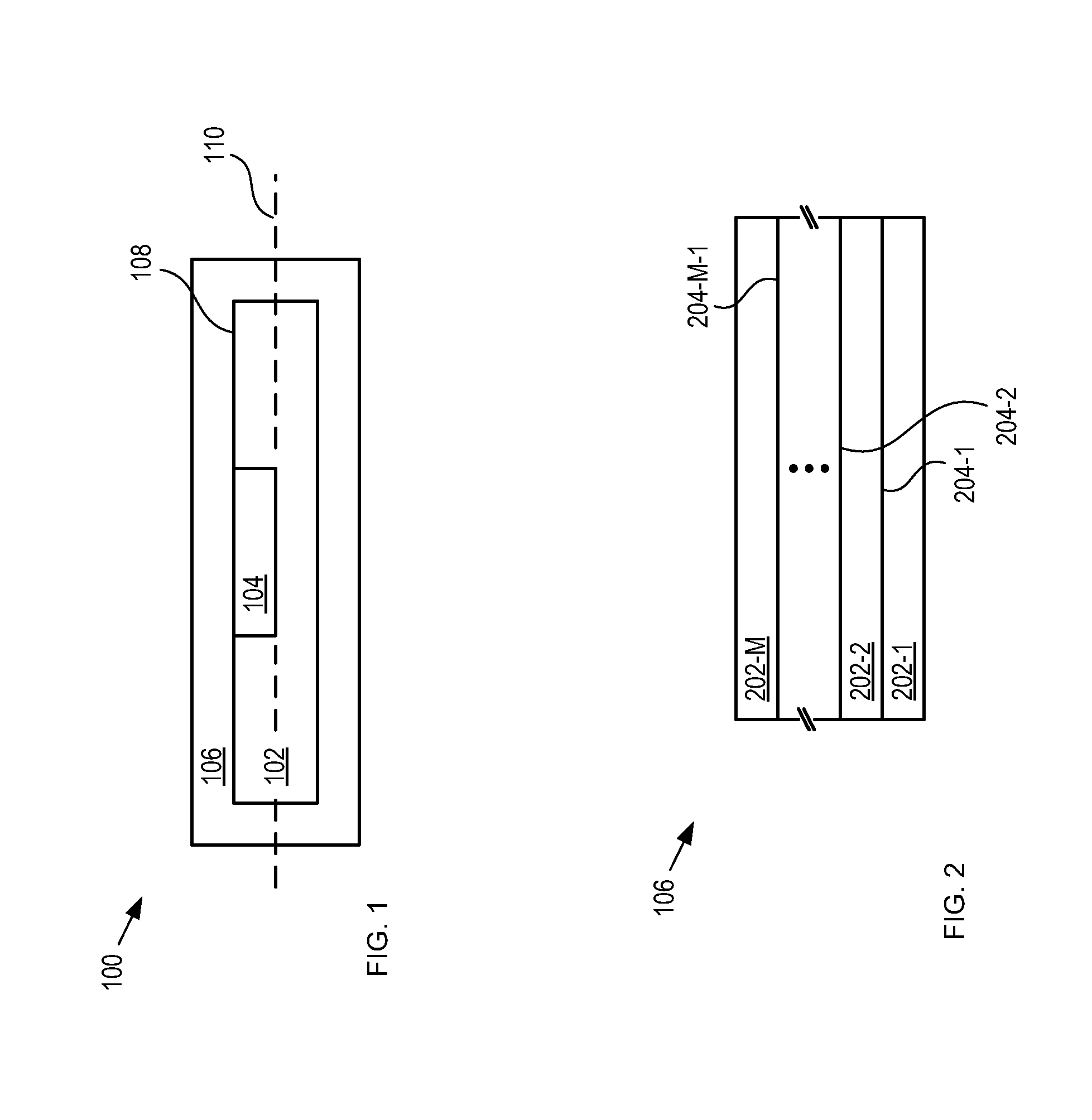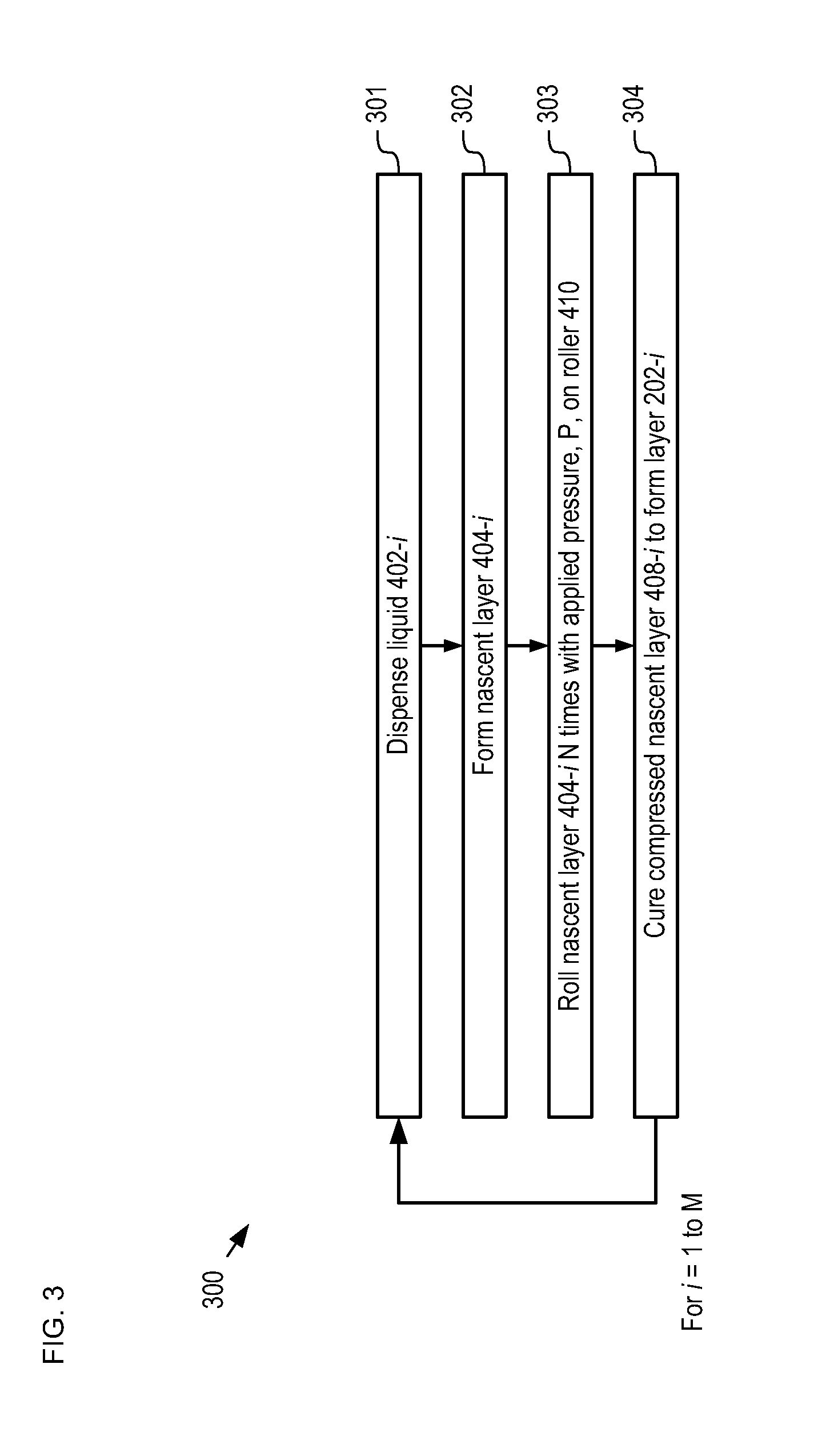Biocompatible Packaging Suitable for Long-term Implantation and Method of Formation
a biocompatible and long-term implantation technology, applied in the field of packaging, can solve the problems of system failure, affecting the adoption of biomedical sensors in many application areas, and affecting the safety of medical devices,
- Summary
- Abstract
- Description
- Claims
- Application Information
AI Technical Summary
Benefits of technology
Problems solved by technology
Method used
Image
Examples
Embodiment Construction
[0028]FIG. 1 depicts a schematic drawing of a cross-sectional view of a sensor system in accordance with an illustrative embodiment of the present invention. System 100 comprises substrate 102, microsystem 104, and protective layer 106. System 100 is a medical sensor suitable for long-term implantation into a human body. “Long-term implantation,” in the context of this Specification, means from several (i.e., at least two) months to several years. In some embodiments, system 100 is an electronic system other than a medical sensor.
[0029]Substrate 102 is a conventional silicon substrate comprising traces suitable for conveying electrical signals and / or power to, from, and within microsystem 104. Substrate 102 defines plane 110, which is substantially parallel to the major surfaces of the substrate. In some embodiments, substrate 102 is a substrate, other than a silicon substrate, that is suitable for use in MEMS fabrication, nanotechnology, planar processing, and the like. Substrates ...
PUM
| Property | Measurement | Unit |
|---|---|---|
| force | aaaaa | aaaaa |
| thickness | aaaaa | aaaaa |
| thickness | aaaaa | aaaaa |
Abstract
Description
Claims
Application Information
 Login to View More
Login to View More - R&D
- Intellectual Property
- Life Sciences
- Materials
- Tech Scout
- Unparalleled Data Quality
- Higher Quality Content
- 60% Fewer Hallucinations
Browse by: Latest US Patents, China's latest patents, Technical Efficacy Thesaurus, Application Domain, Technology Topic, Popular Technical Reports.
© 2025 PatSnap. All rights reserved.Legal|Privacy policy|Modern Slavery Act Transparency Statement|Sitemap|About US| Contact US: help@patsnap.com



